Auf dem Stand von Aucotec Engineering Software lässt sich Messe.TV-Moderator Jürgen Groh einige der neuesten Anwendungsmöglichkeiten zeigen. Der Software-Experte ist seit 30 Jahren am Markt tätig und bietet auch für sehr komplexe Anforderungen Lösungen an. Ein Konfigurator ermöglicht es den Kunden, die Software an ihre Bedürfnisse anzupassen und gezielt nur das auszuwählen und zu kombinieren, was wirklich benötigt wird. So bleibt die Übersicht gewahrt und die Systempflege wird vereinfacht.
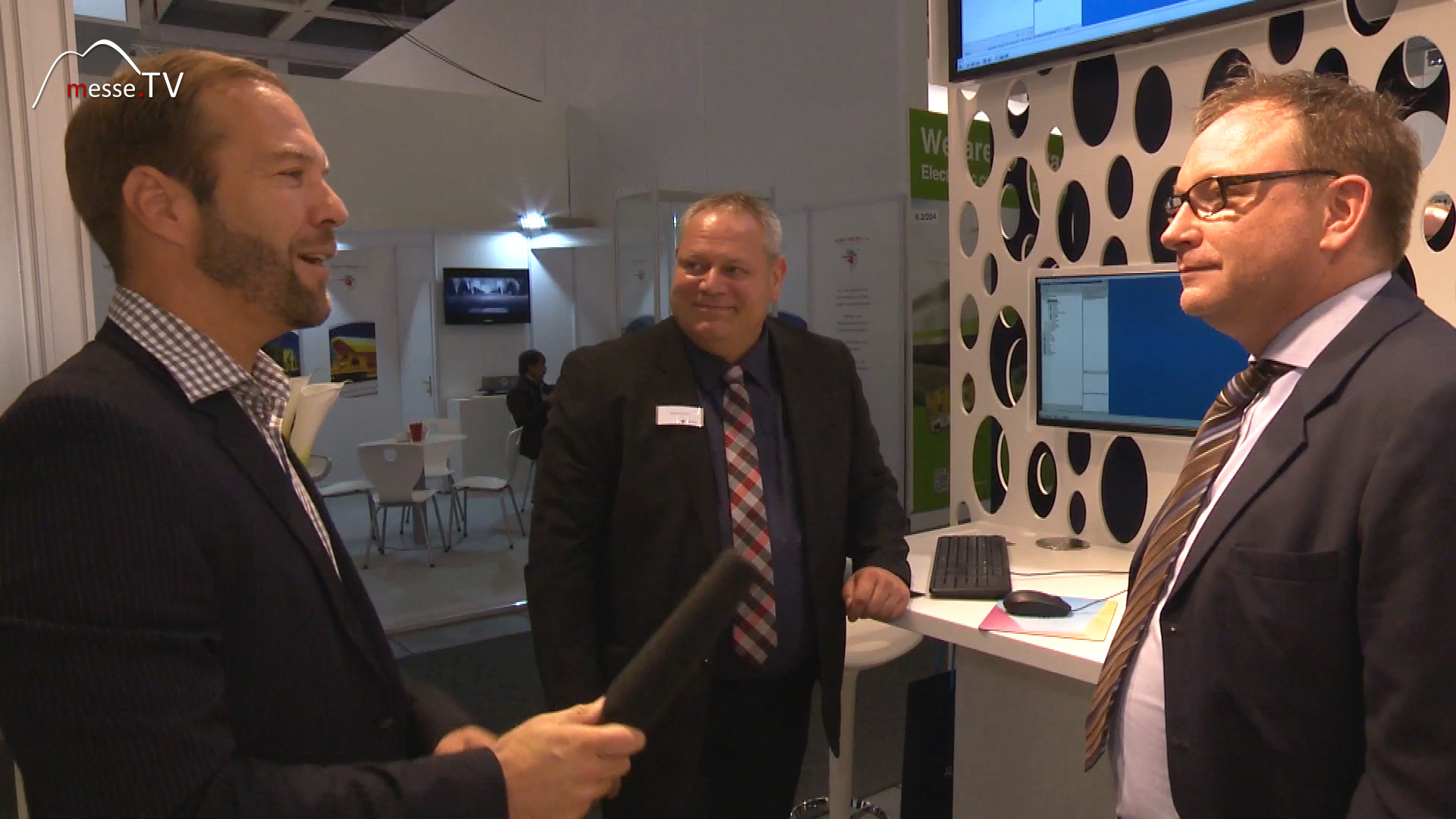
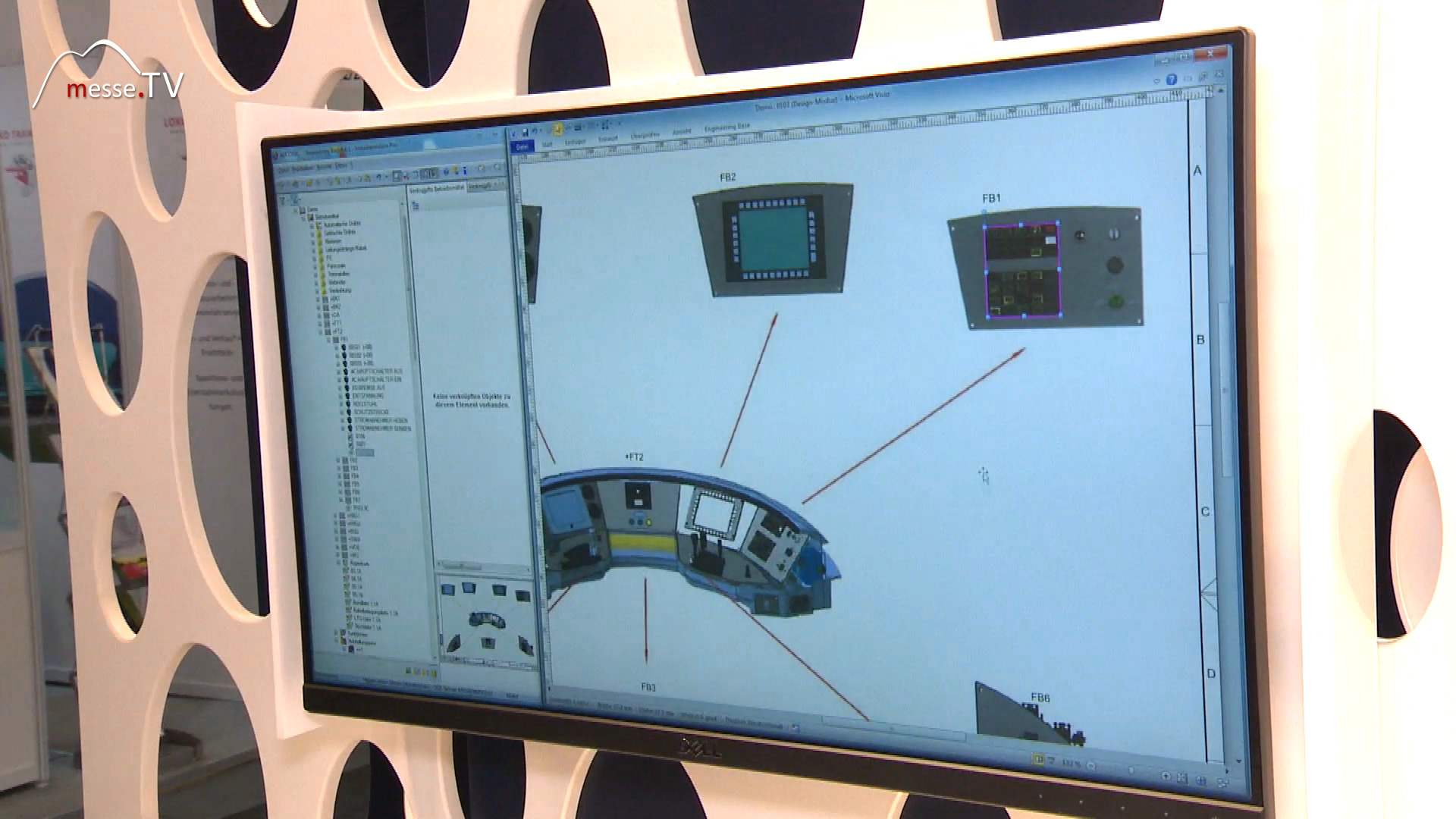
Jürgen Groh: Mr. Gansauge, why is Aucotec at InnoTrans? Patrick Gansauge: There is a very good reason. We have many customers in the train and transportation market who use our engineering software. We have been established on the market as a software manufacturer for 30 years and the major train manufacturers use our software. Jürgen Groh: How can one imagine software in the railway and transportation sector? What role does your software play in the processes? Patrick Gansauge: The products that our customers manufacture are very complex and today it is increasingly about increasing efficiency in the engineering of vehicles. There is a lot of pressure on deadlines and costs. The complexity of trains has increased considerably and this requires sensible engineering tools that support the engineering process as a whole. That means from the concept through pure engineering to production. That is what we are looking at and this is where we bring a lot of value and benefit to our customers, so savings of 30% and more are possible. Jürgen Groh: Can you show me some special software for this?
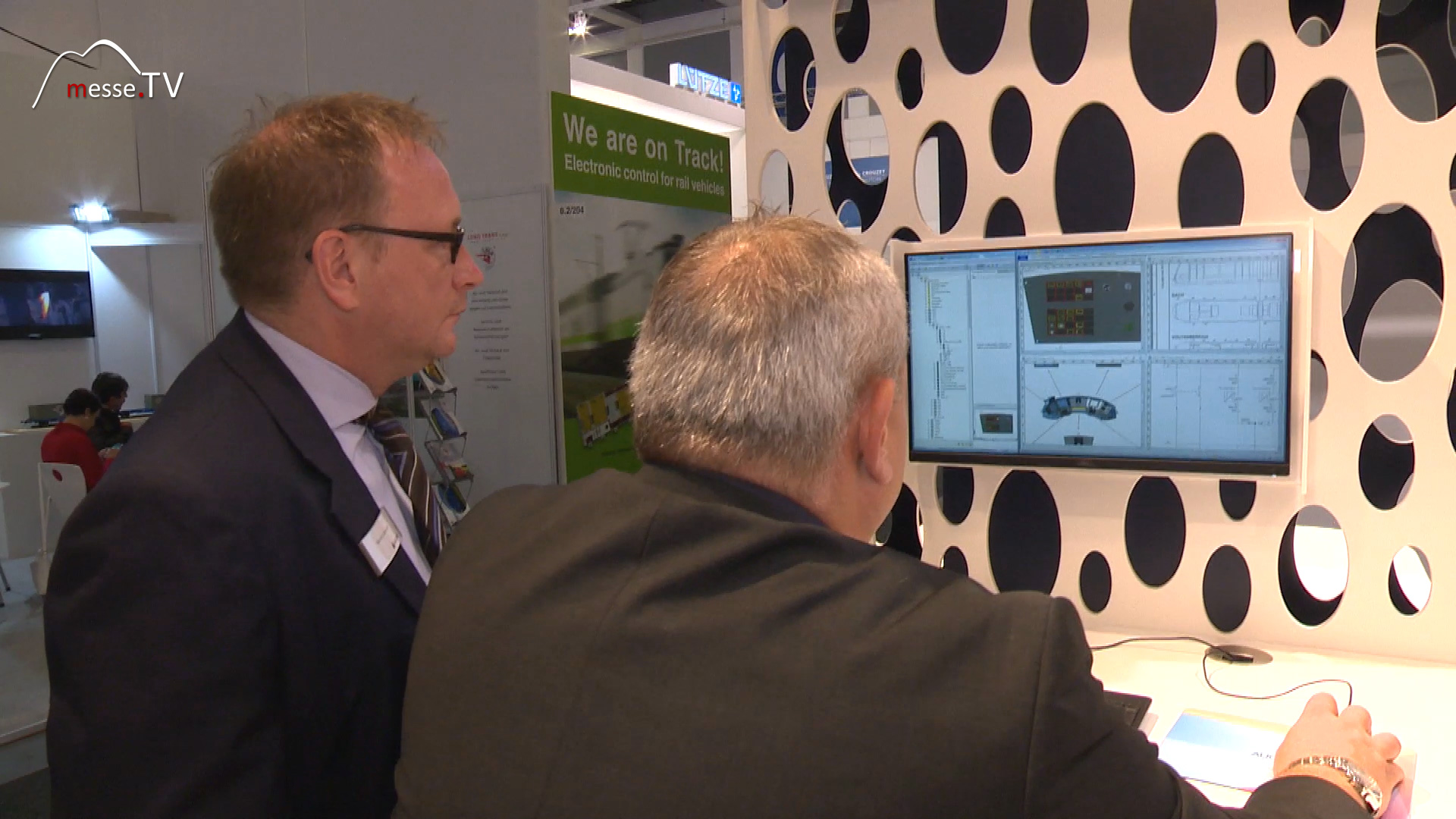
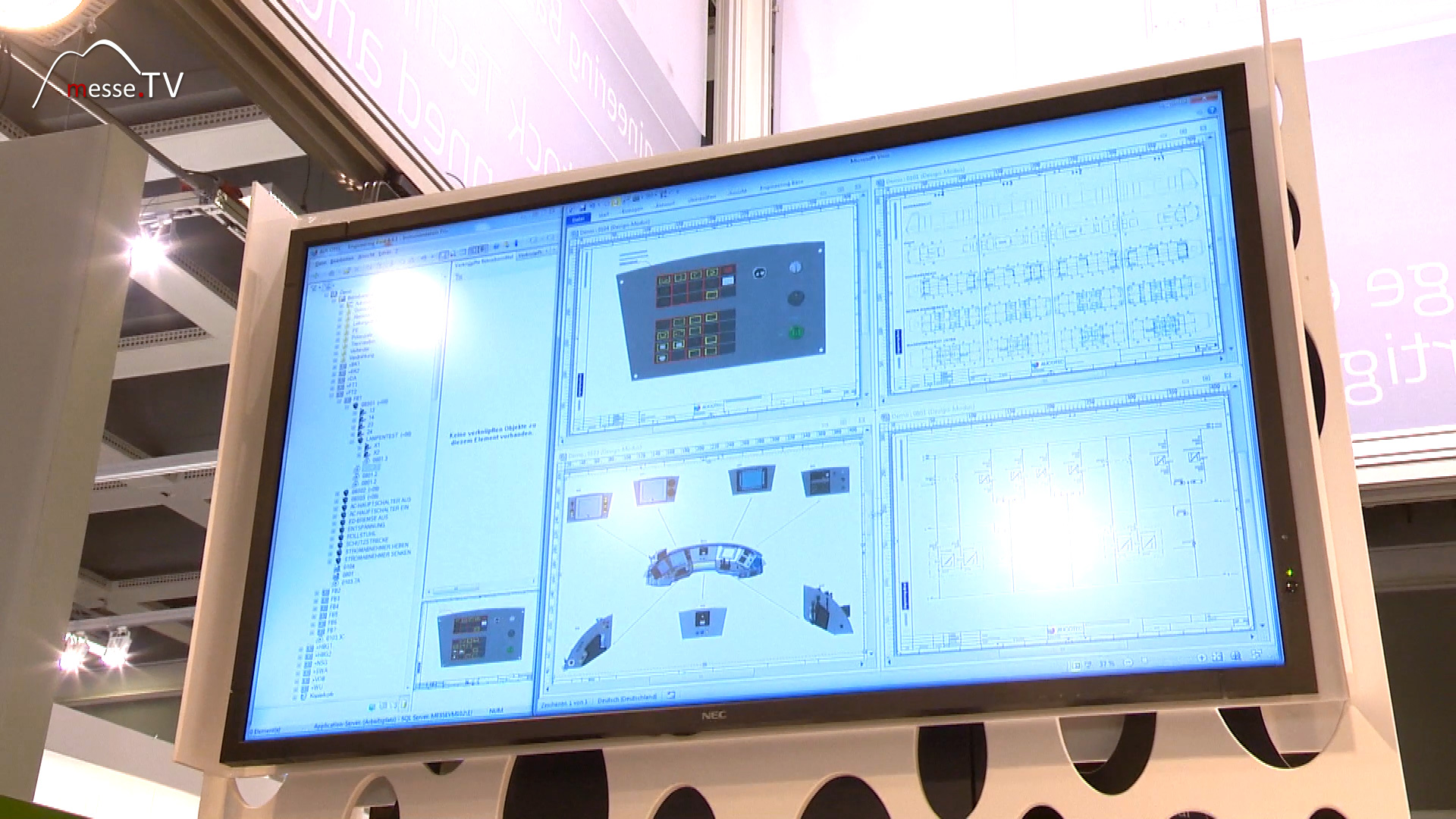
Patrick Gansauge: With pleasure. What we are exhibiting here at the trade fair is a type of configuration, a configuration process. You have to imagine that manufacturers often simply copy processes that have already been carried out. With the idea that you then already have a starting point that you can use for your engineering. We take a different approach here. We say there is something like a modular principle. We also try to transfer the topics that we know as a software manufacturer from the automotive industry - we have a lot of automotive customers - to the rail transportation industry. Based on this know-how, we have developed a configuration concept that we can briefly demonstrate. Michael Zierlein: With the Aucotec configurator, you can put together options to obtain specific variants of our engineering software. I'll start the process now. There are systems and functions within a train. These systems are always the same in terms of functionality. As the trains naturally have different lengths, i.e. sometimes more and sometimes fewer wagons, different separation points have to be inserted - but basically the function itself is always the same. Jürgen Groh: What do we see here on the monitor? Michael Zierlein: We see a basic circuit and another option is selected for this basic circuit. And these two options are then combined to create a specific variant. Patrick Gansauge: You have a database, so to speak, of different typicals that you can use and then select. The final project is then created from this generation of typicals. So I have a configuration process for my vehicle. That is one way to go. We see advantages in the pure engineering process for rail vehicle manufacturers and that's why we decided to transfer this from the automotive industry. In the automotive sector, there are often innovations that take a while to reach other industries. And that's what we've done now. Jürgen Groh: What can I see specifically? Michael Zierlein: At this point, we can see that there was only one motor output before, and now a second motor has been added. So the basic circuit plus the option creates a new variant. The use of the different options also reduces the number of templates. Previously, you had to build a template for each individual variant. Now, by using several options combined into one variant, the selection is reduced by 70-80%. This reduces the effort required to maintain the templates and the assembly also works more or less automatically. Jürgen Groh: Which customers come to the Aucotec stand? Patrick Gansauge: You could say the manufacturers on rolling stock, there are the big names in Europe. We have customers such as Stadler and Bombardier who use our software, as well as smaller streetcar manufacturers. For seven years we have had Solaris as a customer, which mainly builds buses, but has also been building streetcars since 2009. We also have the company Škoda as a customer, which is a pure manufacturer of vehicles, but also an operator.
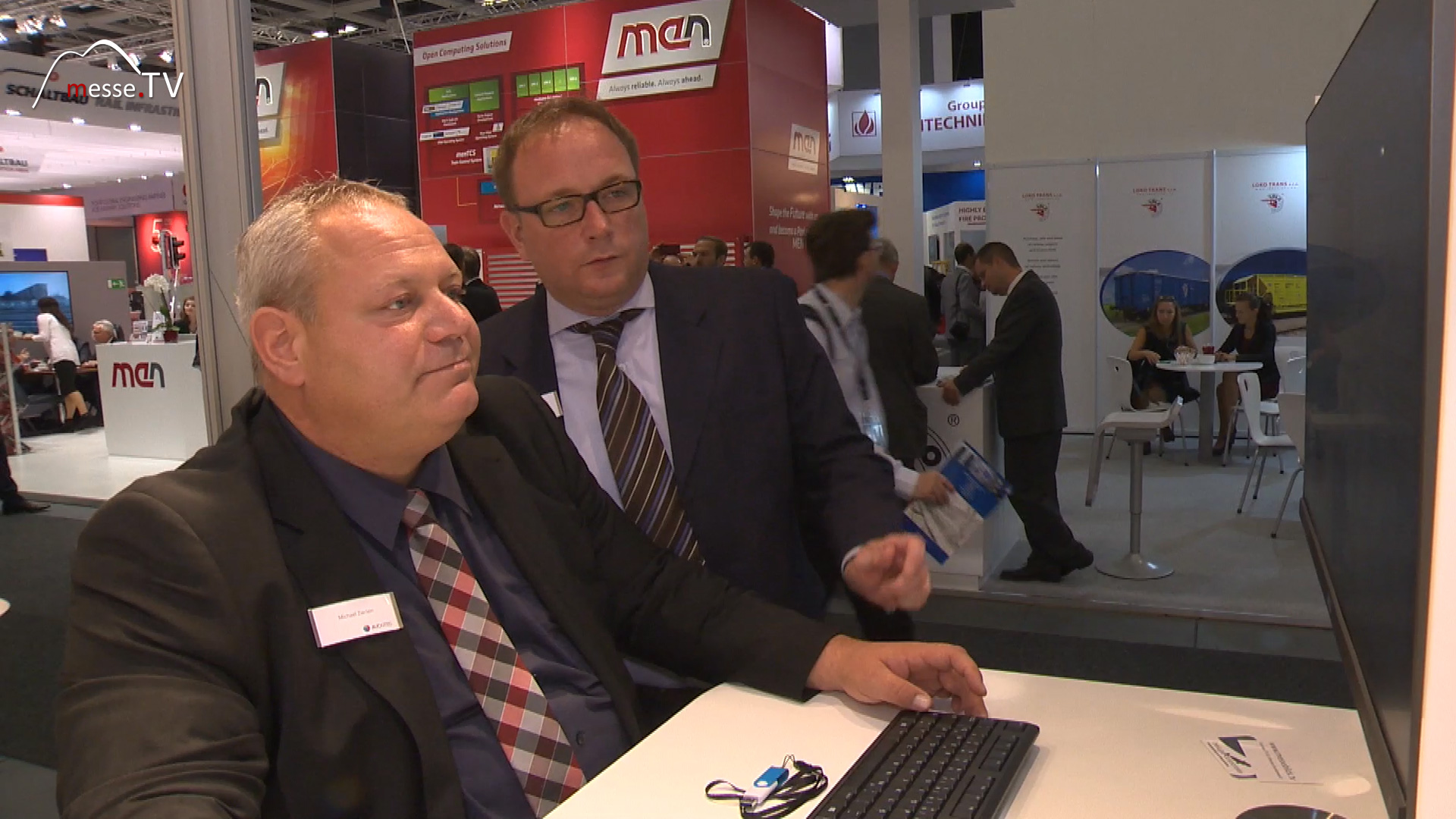
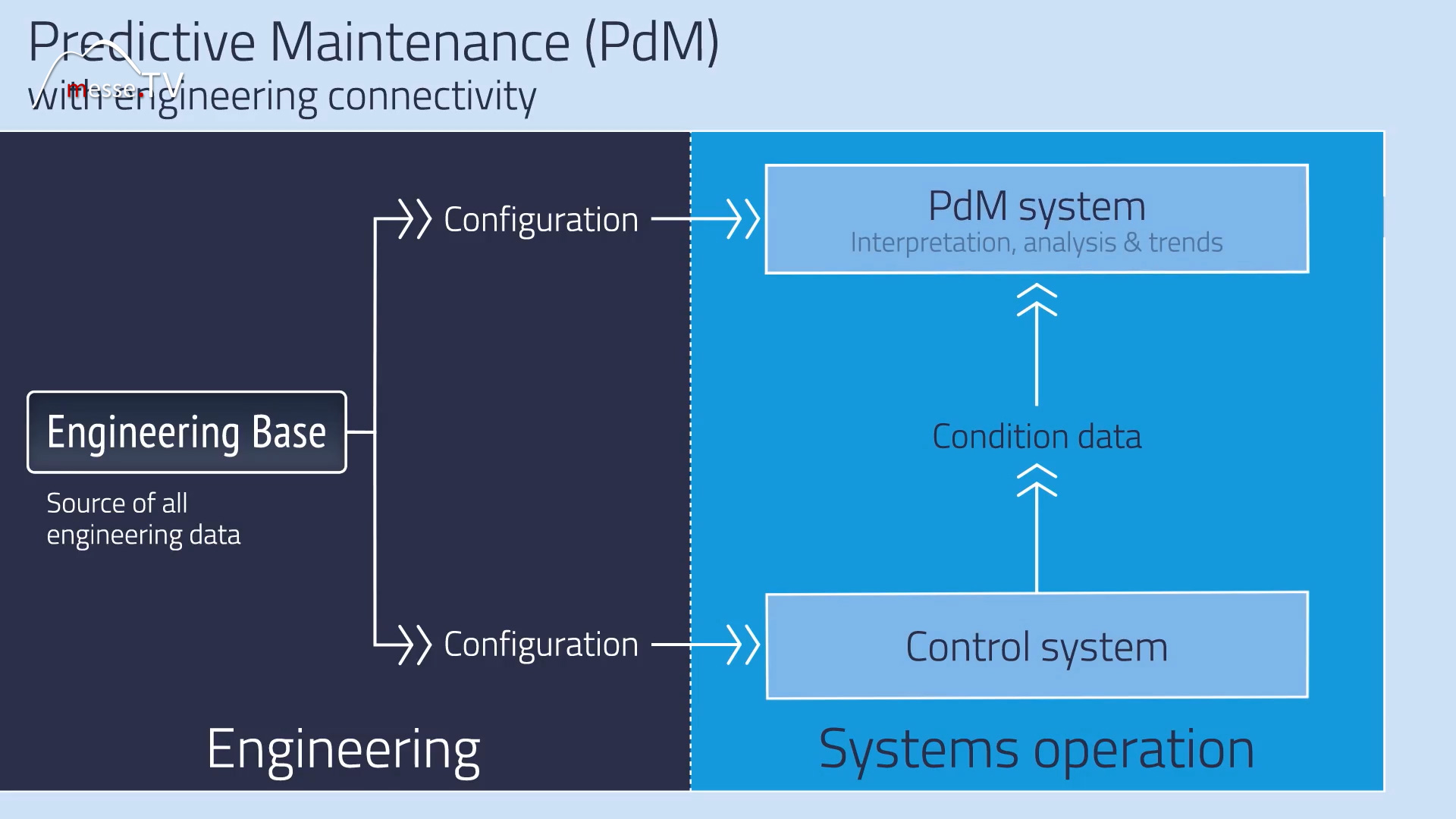
You can see that there is a need for action on the operator side, especially when it comes to digitalization. Deutsche Bahn, for example, has launched an innovation project for the ECO-Train. This project is about converting a train from diesel technology to hybrid technology. Our software is also being used there. Jürgen Groh: What goals are you pursuing with this? Patrick Gansauge: It's always about using our engineering software to avoid having to make late changes to the project. This is because the data is always consistent in the data model. We offer the possibility for several people to work on the same project at the same time, in parallel. This is a huge advantage for the people in engineering, but also for the people in production, because they also benefit from correct data. Jürgen Groh: What are the biggest challenges in this field? Patrick Gansauge: We call it "changing the mindset". Of course, the customer or the company has to be willing and ready to change something. Customers say "We've been doing it this way for the last 20 years, why should I change it now? I might retire in five years' time." - that is actually the biggest challenge. Convincing the customer to say at this point, "I have a conscious goal that I want to achieve" and then bringing a sensible partner on board, such as our company, in order to achieve efficiency in engineering. Jürgen Groh: That's a nice way to end. Thank you and have a successful trade fair! Patrick Gansauge: Thank you!